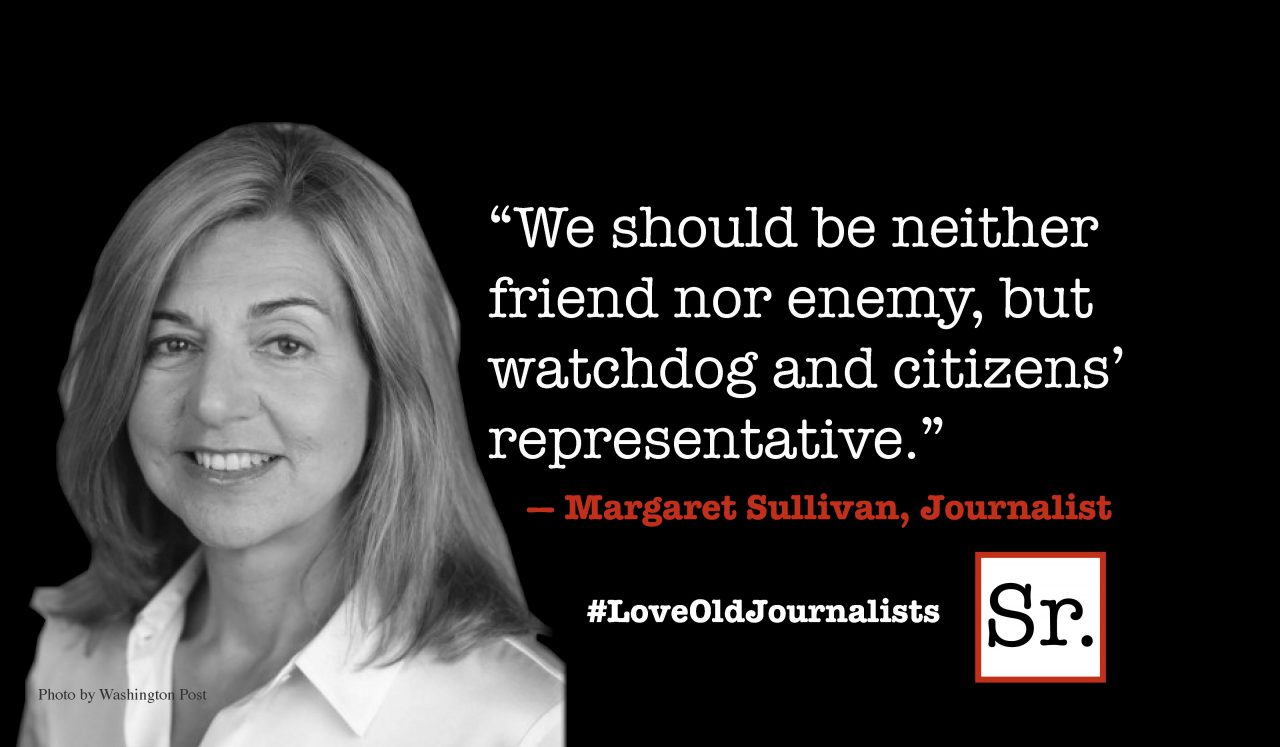Before the September 11, 2001, terrorist attacks on New York and Washington, the al Qaeda network spanned a dozen affiliates. Now, there are 45 groups subscribing to al Qaeda’s ideology. They are scattered around the world, from Sudan to Indonesia, from Baghdad to Damascus. The figures come from IntelCenter, a Virginia-based private contractor working for U.S. intelligence agencies, and highlight the remarkable resurgence of a terrorist network repeatedly described as “on the path to defeat by” President Barack Obama.
To hear counter-terrorism experts tell it, al Qaeda has staged a comeback over the past two years despite a relentless U.S. campaign to kill its leaders. Osama bin Laden was shot in a U.S. special forces raid on his hideout in Pakistan in May, 2011. American drone strikes thinned the top ranks of al Qaeda in Pakistan, a safe haven after the organization was chased out of Afghanistan. Al Qaeda affiliates in Yemen and Somalia also suffered heavy blows. But they did not destroy the network.
On the contrary, says a recent report by the American Enterprise Institute. “The year of Osama bin Laden’s death is the year that the overall al Qaeda network became stronger.” In the chaotic aftermath of the Arab Spring, al Qaeda made gains that offset any loss sustained by the dead of bin Laden, according to the report’s author, Katharine Zimmermann. The network grew in the Middle East and North Africa in parallel with popular disenchantment with the result of the mass protests that ousted the autocratic leaders of such countries as Egypt and Tunisia.
The global reach of the revived al Qaeda was brought into sharp focus last August, when the U.S. Department of State issued an unusually broad travel alert that warned Americans al Qaeda and affiliated organizations were planning terrorist attacks “through a variety of means and weapons” on tourist infrastructure, subway and rail systems, aviation and maritime services in the Middle East and beyond. At the same time, Washington ordered the temporary closure of 19 diplomatic missions in the Middle East and Africa.
Those measures may have prevented attacks but they stood in contrast with the notion that al Qaeda was on the run, its operatives spending “more time thinking about their own safety than plotting against us,” as Obama put it in a speech at the National Defense University in May. The president referred to the “core” of al Qaeda, also known as Qaeda Central, in Afghanistan and Pakistan. Critics say that the administration’s emphasis on that part of al Qaeda paints a rosy picture of the strength and danger of the overall network. Administration officials have described affiliates as less capable and less of a threat to the United States.
It’s a fact that there have been no successful al Qaeda operations on American soil since September 11, 2001, though there have been various attempts, from the “shoe bomber” to the “underwear bomber” who wanted to blow up a Detroit-bound airliner to the 2010 attempt to set off a car bomb at Times Square in New York. The Boston Marathon bombing was carried out by two brothers from Chechnya who were not linked to al Qaeda but learned how to make explosives from Inspire, the online magazine published by an al Qaeda offshoot in Yemen. The brothers were motivated by al Qaeda’s extremist beliefs.
These beliefs, counter-terrorisms experts say, are attracting followers at an accelerating pace. America and the West have had more success in killing people than in killing ideas — which means there is no end in sight for what used to be called the Global War on Terror. (The Obama administration has banished the term from its lexicon). The president has said there should be targeted efforts to dismantle specific networks instead of a boundless war on terrorism.
That strategy brings to mind a phenomenon often cited in the war on drugs. It’s known as “the balloon effect” — squeezing a balloon in one place makes it expand in another. In the fight against drugs, destroy crops in one region and cultivation moves to another. Decimate al Qaeda in Pakistan and jihadists pop up in Syria.
What some think is the most important front in the war on al Qaeda and its franchises has nothing to do with precision missiles fired from drones, special forces raids on militant leaders or eavesdropping on the communications of suspected terrorists. It is a war of ideas and the West is far from winning it.
On one side of the front in that war are those who hold that the West is at war with Islam and that violence against Western targets, including civilians, is not only justified but it is a duty. “This ideology persists,” Obama said in his most detailed speech on the issue, “and in an age when ideas and images can travel the globe in an instant…we need to win a battle of wills, a battle of ideas.” How to do that has yet to be explained.








